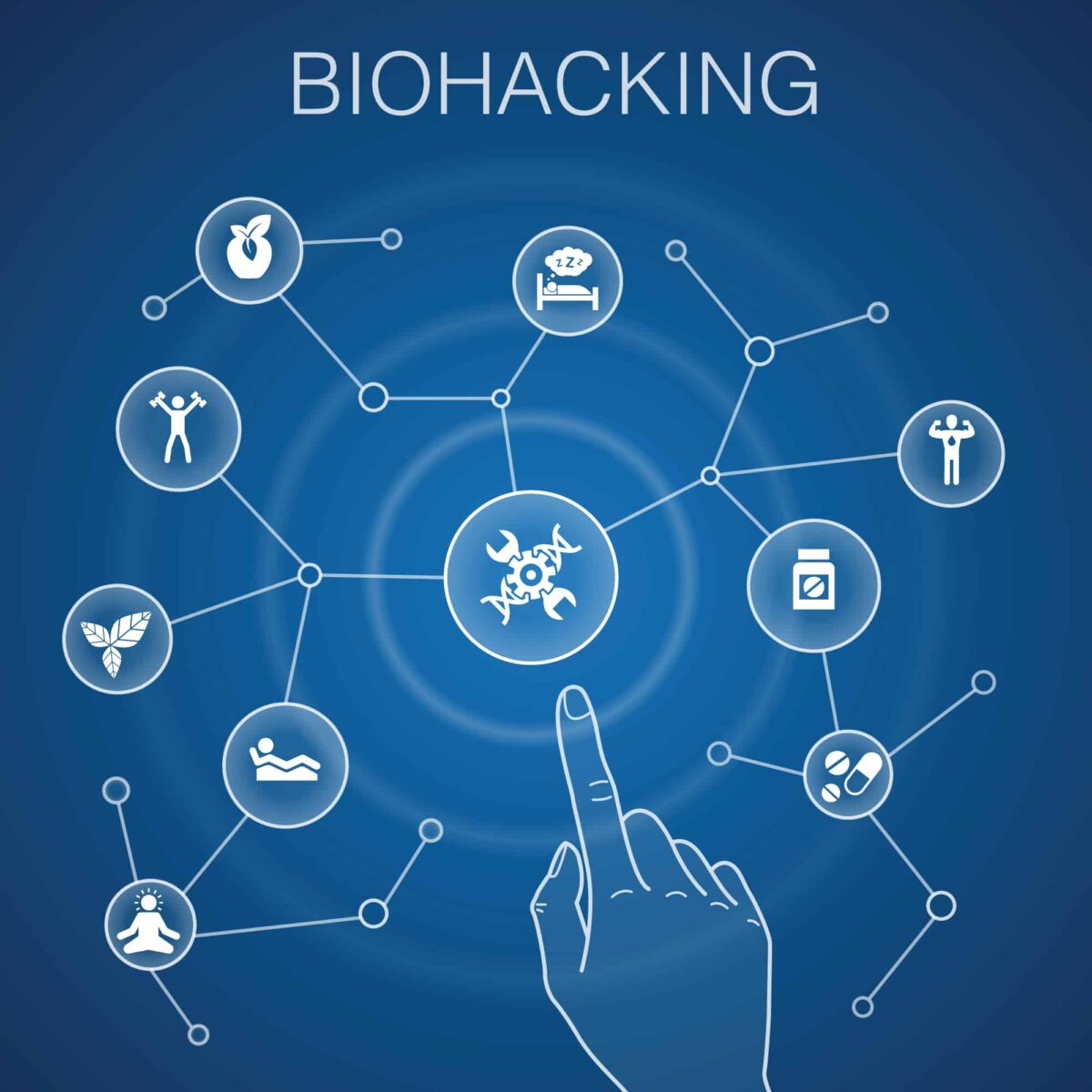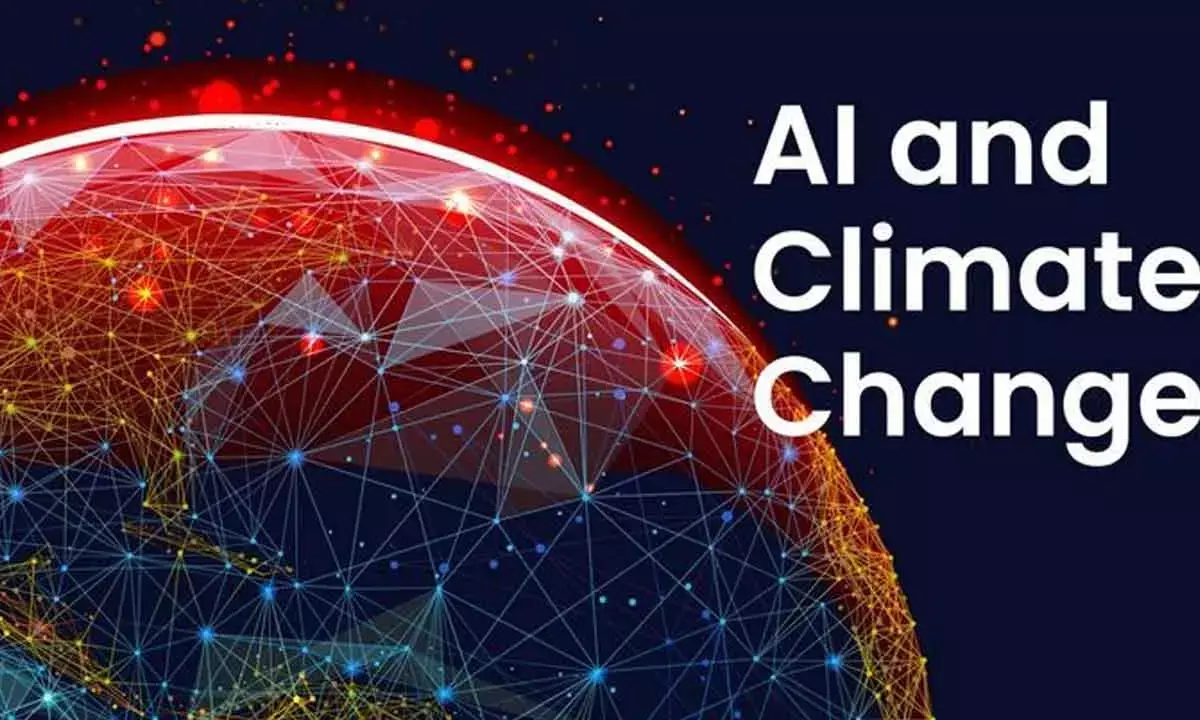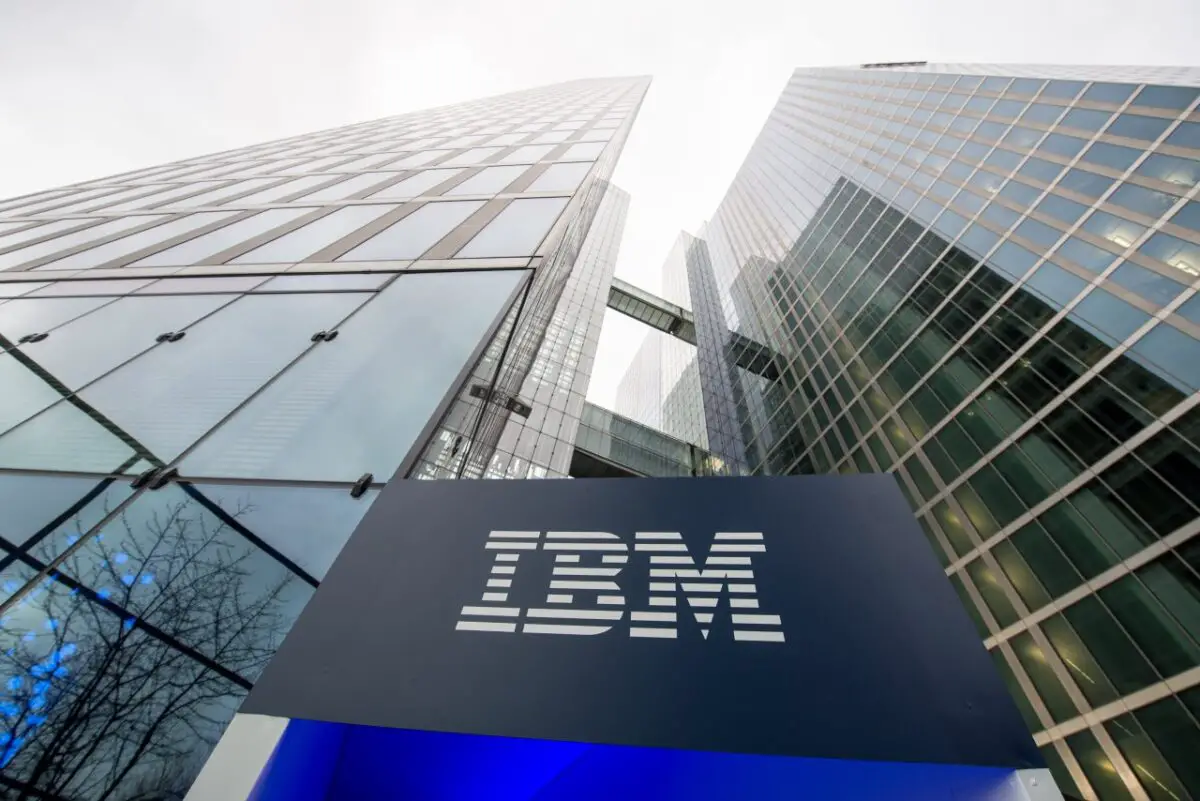The idea of “Biohacking” has been increasingly popular in recent years, moving from a specialized interest to a rapidly expanding field that combines biology, technology, and self-optimization. Biohacking, often known as do-it-yourself biology, is a broad term for a variety of methods intended to improve the human body and mind. Simple dietary and lifestyle modifications can be included in this category, as can more involved procedures like implanting electronic devices to monitor or enhance bodily functioning.
Biohacking centers on using technology and science to enhance physical and mental abilities, pushing beyond human limitations. This post explores the origins of biohacking, its innovations, ethical questions, and the future of human enhancement.

The Origins of Biohacking
Biohacking’s roots can be traced back to various fields, including transhumanism, cybernetics, and health optimization. Transhumanism, a philosophical movement that advocates for the use of technology to enhance the human condition, has significantly influenced the development of biohacking. Early proponents of transhumanism envisioned a future where humans could overcome disease, aging, and even death through technological advancements.
In parallel, the field of cybernetics, which studies the interaction between humans and machines, laid the groundwork for integrating technology into the human body. As technology advanced, so too did the possibilities for biohacking. The DIY biology movement, which empowered individuals to explore biology outside of labs, helped fuel the biohacking trend by making scientific tools and knowledge more accessible to everyone.
Key Areas of Biohacking
Biohacking encompasses a broad spectrum of practices, each with its own goals and methodologies. Some of the key areas within biohacking include:
1. Nutritional and Lifestyle Biohacking
Nutritional biohacking involves optimizing diet and lifestyle to achieve better health and performance. This can include practices like intermittent fasting, ketogenic diets, and supplementation with nootropics—substances that are believed to enhance cognitive function. Lifestyle biohackers often experiment with sleep patterns, exercise routines, and stress management techniques to maximize their physical and mental potential.
2. Wearable Technology
Wearable tech, like fitness trackers and smartwatches, makes biohacking accessible by allowing real-time health monitoring, offering insights into activity, heart rate, sleep, and blood sugar. These devices allow users to make data-driven decisions about their health, leading to more personalized and effective interventions.
3. Implantable Devices
For advanced biohackers, implantable devices offer powerful enhancements, from RFID chips tracking vitals to neural implants boosting physical abilities, communication, and restoring lost functions like sight or hearing.
4. Genetic Engineering
Aiming high, genetic engineering in biohacking seeks to alter DNA for desired traits. With CRISPR, biohackers explore enhancing abilities, disease resistance, and slowing aging.

Technology’s Role in Biohacking
Technology is at the heart of biohacking, providing the tools and platforms necessary for experimentation and innovation. The following are some of the most influential technologies driving the biohacking movement:
1. CRISPR and Gene Editing
CRISPR (Clustered Regularly Interspaced Short Palindromic Repeats) is a groundbreaking technology that allows scientists to edit genes with remarkable precision. This technology has opened up new possibilities for biohacking, enabling individuals to modify their genetic code to enhance physical and mental attributes. While CRISPR is primarily used in research settings, some biohackers have begun experimenting with gene editing at home, raising both excitement and ethical concerns.
2. Neural Interfaces
Neural interfaces, also known as brain-computer interfaces (BCIs), are devices that enable direct communication between the brain and external devices. These interfaces have the potential to revolutionize the way we interact with technology, allowing for thought-controlled devices, enhanced cognitive abilities, and even the potential for memory augmentation. Companies like Neuralink are at the forefront of developing BCIs, with the goal of integrating human consciousness with artificial intelligence.
3. Wearables and Sensors
Wearable technology has become increasingly sophisticated, offering biohackers a wealth of data to analyze and optimize their health. Advanced sensors can monitor everything from blood oxygen levels to brainwave activity, providing real-time feedback on physiological and cognitive states. This data can be used to fine-tune diet, exercise, and sleep patterns, as well as to detect potential health issues before they become serious.
4. Artificial Intelligence and Machine Learning
Artificial intelligence (AI) and machine learning are playing an increasingly important role in biohacking by enabling the analysis of large datasets to identify patterns and optimize interventions. AI can help biohackers make sense of the vast amounts of data generated by wearables, genetic tests, and other technologies, providing personalized recommendations for health and performance optimization. Machine learning algorithms can also be used to predict the outcomes of biohacking experiments, reducing the risk of adverse effects.
The Boons of Biohacking
The rise of biohacking has brought with it numerous benefits, offering individuals new ways to take control of their health and enhance their lives. Some of the most significant advantages of biohacking include:
1. Personalized Health Optimization
Biohacking allows individuals to tailor their health interventions to their unique biology, leading to more effective and personalized outcomes. By tracking biomarkers, genetic information, and lifestyle factors, biohackers can identify what works best for their bodies and make informed decisions about diet, exercise, and supplementation.
2. Empowerment and Self-Experimentation
Biohacking empowers individuals to take control of their health and well-being, encouraging self-experimentation and discovery. This DIY approach fosters a sense of autonomy and encourages people to explore new ways of optimizing their physical and mental performance.
3. Potential for Enhanced Longevity
Many biohackers are motivated by the desire to extend their lifespan and improve their quality of life as they age. Through practices like caloric restriction, genetic modification, and the use of anti-aging compounds, biohackers aim to slow the aging process and potentially achieve longer, healthier lives.
4. Innovation in Healthcare
The biohacking movement has the potential to drive innovation in healthcare, leading to new treatments and technologies that could benefit society as a whole. By pushing the boundaries of what is possible, biohackers are contributing to the development of novel therapies and interventions that could one day become mainstream.

The Bane of Biohacking
While biohacking offers many potential benefits, it also raises significant ethical, safety, and societal concerns. Some of the key challenges and risks associated with biohacking include:
1. Ethical Concerns
Biohacking, particularly in the realm of genetic engineering and neural interfaces, raises profound ethical questions. The ability to modify human genes or enhance cognitive abilities could lead to issues of inequality, access, and consent. There is also the risk of unintended consequences, such as the creation of new diseases or the exacerbation of social divides.
2. Safety Risks
Biohacking, especially when conducted outside of professional laboratory settings, carries inherent risks. Self-experimentation with unproven techniques or substances can lead to serious health complications, including infections, allergic reactions, and long-term damage. The lack of regulation and oversight in the biohacking community further exacerbates these risks.
3. Legal and Regulatory Challenges
The rapid pace of technological advancement in biohacking has outpaced the development of legal and regulatory frameworks. This has created a gray area where biohackers operate without clear guidelines or protections. Governments and regulatory bodies are grappling with how to balance innovation with the need to protect public health and safety.
4. Social Implications
The widespread adoption of biohacking technologies could have far-reaching social implications. For example, the ability to enhance physical or cognitive abilities through technology could lead to new forms of inequality, where those with access to biohacking tools gain an unfair advantage over others. Additionally, the normalization of biohacking could create pressure to conform to new standards of health and performance, leading to societal changes in how we define success and well-being.
The Future of Biohacking
As technology continues to advance, the field of biohacking is poised to grow and evolve in new and unexpected ways. Some potential future developments in biohacking include:
1. Integration with Artificial Intelligence
The integration of AI with biohacking technologies could lead to even more personalized and effective health interventions. AI-driven platforms could analyze vast amounts of data from wearables, genetic tests, and other sources to create highly individualized health plans. This could result in more precise and targeted interventions, improving outcomes and reducing risks.
2. Advancements in Genetic Engineering
As genetic engineering technologies like CRISPR become more refined, the possibilities for biohacking will expand. Future biohackers may have the ability to edit their genes to achieve specific physical, cognitive, or even emotional traits. This could lead to new frontiers in human enhancement, as well as new ethical and societal challenges.
3. Mainstream Adoption of Biohacking Practices
As biohacking gains popularity, it is likely that some practices will become mainstream. Wearable technology, personalized nutrition, and genetic testing are already becoming more widely adopted, and future advancements could make biohacking accessible to a broader audience. This could lead to a shift in how society views health and wellness, with a greater emphasis on self-optimization and prevention.
4. Emergence of New Biohacking Communities
The rise of biohacking has given birth to a global community of enthusiasts, researchers, and entrepreneurs. As the movement grows, new communities and networks are likely to emerge, fostering collaboration and innovation. These communities could play a crucial role in shaping the future of biohacking, driving the development of new technologies and best practices.

Conclusion
The rise of biohacking represents a profound shift in how we approach health, wellness, and human potential. By leveraging technology and scientific knowledge, biohackers are pushing the boundaries of what is possible, offering new ways to enhance the human body and mind. While the movement holds great promise, it also raises significant ethical, safety, and societal concerns that must be carefully navigated. As we look to the future, the challenge will be to balance the potential benefits of biohacking with the need to protect individuals and society as a whole. Whether through wearable technology, genetic engineering, or neural interfaces, the future of biohacking promises to be both exciting and transformative, offering new possibilities for human enhancement and self-optimization. Tech-arcis














